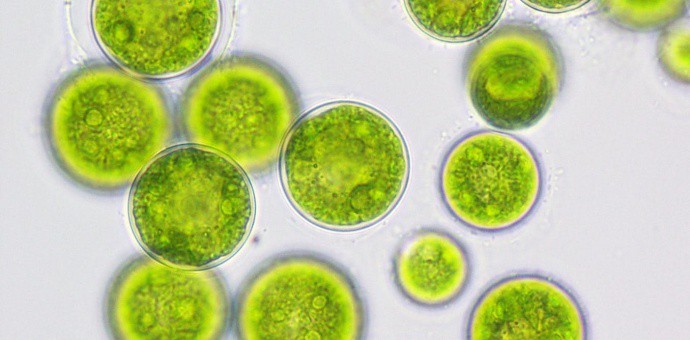 Aniruddha Sharma, CEO, Carbon Clean Solutions, discusses a programmatic response to climate change with carbon capture and utilisation that is helping industry meet financial and green targets.
Aniruddha Sharma, CEO, Carbon Clean Solutions, discusses a programmatic response to climate change with carbon capture and utilisation that is helping industry meet financial and green targets.
By 2030, the carbon capture utilisation market is expected to be valued at $1 trillion, according to a new report by Global CO2 Initiative. As governments around the world strive to deliver their COP21 commitments, carbon capture technology is addressing concerns in energy supply by offering a solution that benefits the balance sheet. Carbon capture and storage technologies are able to remove large quantites of CO₂ from emissions produced from burning fossil fuels in electricity generation or industrial practises. What companies such as Carbon Clean Solutions offer is the ability to extract carbon from these emissions using chemicals to produce raw materials for a whole host of end products.
Interestingly, there is much debate on the effectiveness of carbon capture technology. Some see it as costly, high risk and with the potential to have a reserve effect by increasing coal power consumption. Yet, when you consider the vast range of uses for recycled carbon dioxide – in products such as fuels, plastics, chemicals, fertiliser, pharmaceuticals and many more – there is immense scope for carbon capture and utilisation (CCU) to support sustainable business practises.

CO₂ is a commodity, meaning that it can be used to create a multitude of end products. To illustrate this, the use of carbon dioxide to increase product quality and reduce water consumption in the cement industry is a commercial reality in North America. Numerous companies in the US and Canada are using CO₂ as a feedstock to produce cement concrete or aggregates. As per the Global CO₂ Initiative, CO₂ use in the construction industry could be worth $4bn by 2025. Converting CO₂ into renewable fuel is also helping to support energy demands. In certain regions of the world, there is an abundance of renewable electricity during the day which has led to grid imbalances. This causes a build-up of stranded power or in other words, an excessive amount of cheap power available at times when it is not needed. Companies such as Sunfire in Germany are able to take this excess energy, split the atoms in water, producing pure hydrogen and oxygen and add it to CO₂ to create clean transport fuel. This is providing a sustainable solution that displaces crude oil.
CO₂ is increasingly being used as a feedstock to produce polymers and plastics. Covestro from Germany and Econic based out of the UK have commercialised this process in the recent past. Carbon capture innovation has also been integrated into the algae industry, where companies are using the aquatic organism to produce fuels, fertilisers, cosmetics and plastics. Algae thrive in rich CO₂ environments. By harnessing an enzyme in the plant, algae can fix carbon dioxide from multiple sources such as the atmosphere and industrial exhaust gasses.
CO₂ use in the construction industry could be worth $4bn by 2025
A recent example can be taken from a chemicals plant in the port city of Tuticorin in India. Our patented CO₂ separation technology has been deployed to reduce CO₂ emissions from the plant’s coal boilers but also to harness these polluting emissions. The plant’s owner, concerned with finding a more cost-effective solution that could reliably remove CO₂ from the plant’s boiler chimney, is using our technology to produce clean CO₂ to make soda ash which is then sold onto local markets. Soda ash as a chemical compound is an essential chemical used to make a diverse range of products. For example, low carbon soda ash can be used in glass production, which in return can be used in low carbon construction projects, helping to decarbonise the value chain.
Yet if wider society is to benefit from CCU, policymakers need to provide a framework that encourages sustainable business practises to encourage recycling CO₂ and increasing carbon productivity. There has been some consideration in the US with the Future Act, passed in February this year, which offers tax credits of $35/ton of CO₂ for capture of carbon dioxide emissions for utilisation. More still needs to be done to address the climate challenge, and CCU is a pragmatic and realistic response to this. It enables industry to reduce its carbon footprint, reduce operating costs, and find additional revenue streams by producing and selling key ingredients to manufacturers.
Aniruddha Sharma is CEO of Carbon Clean Solutions





April 1886: the Brunkebergs tunnel
First ever example of a ground source heat pump?